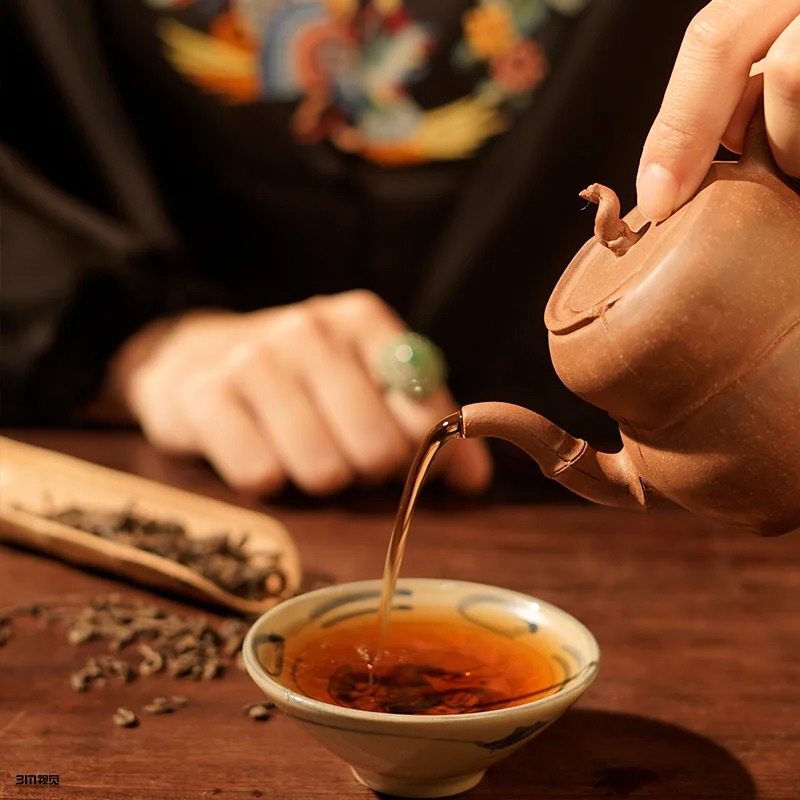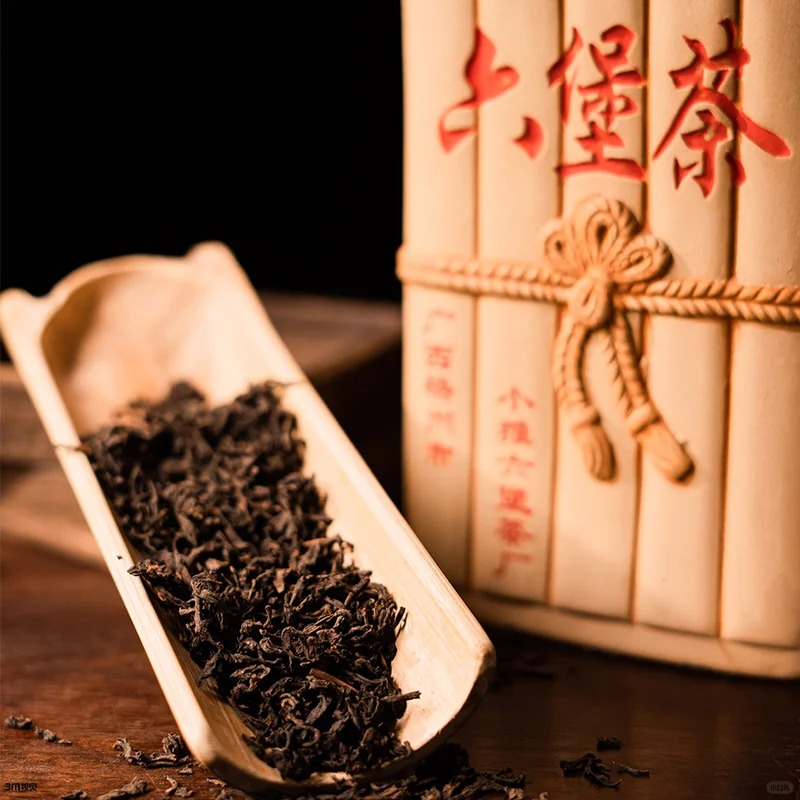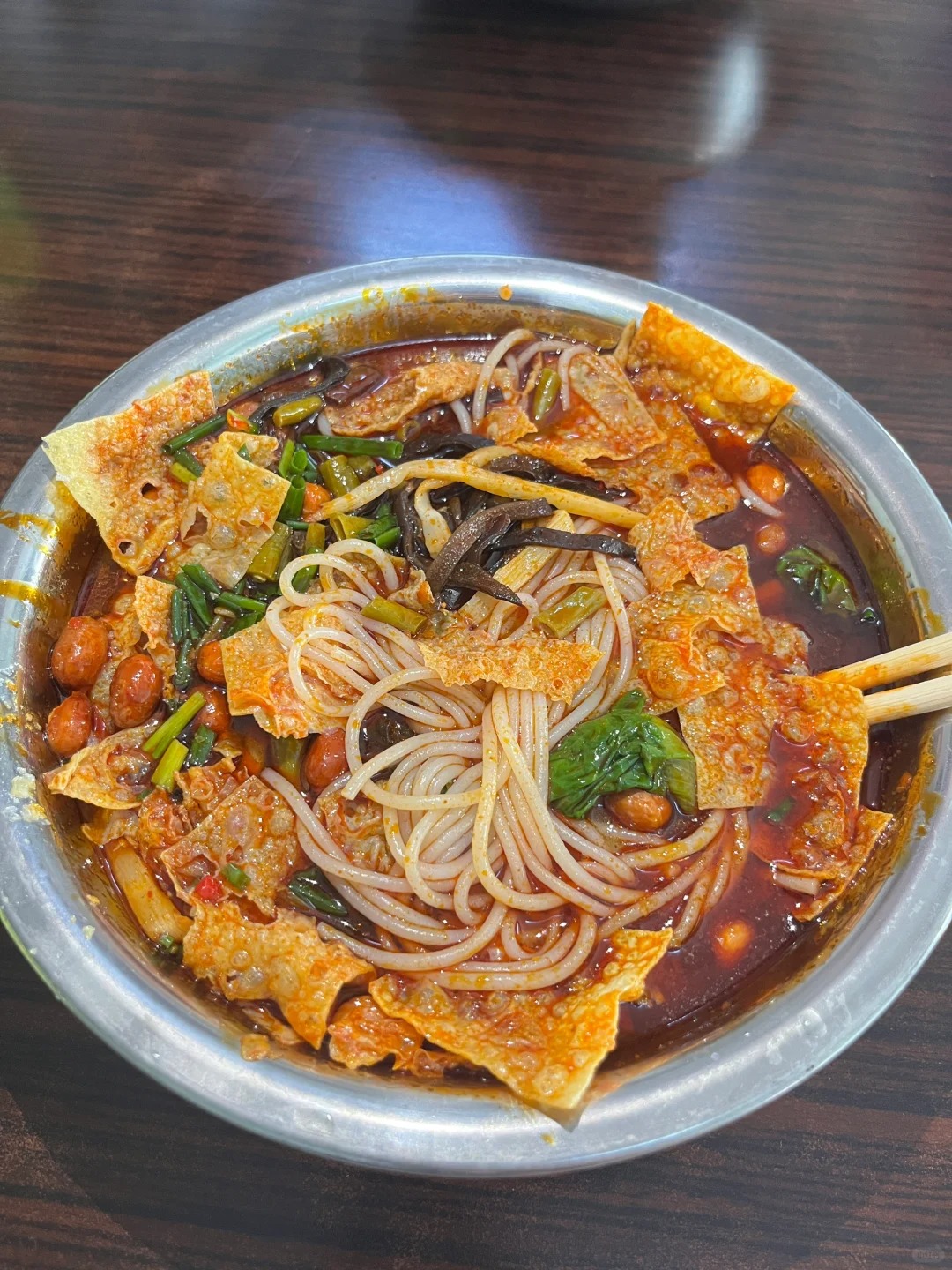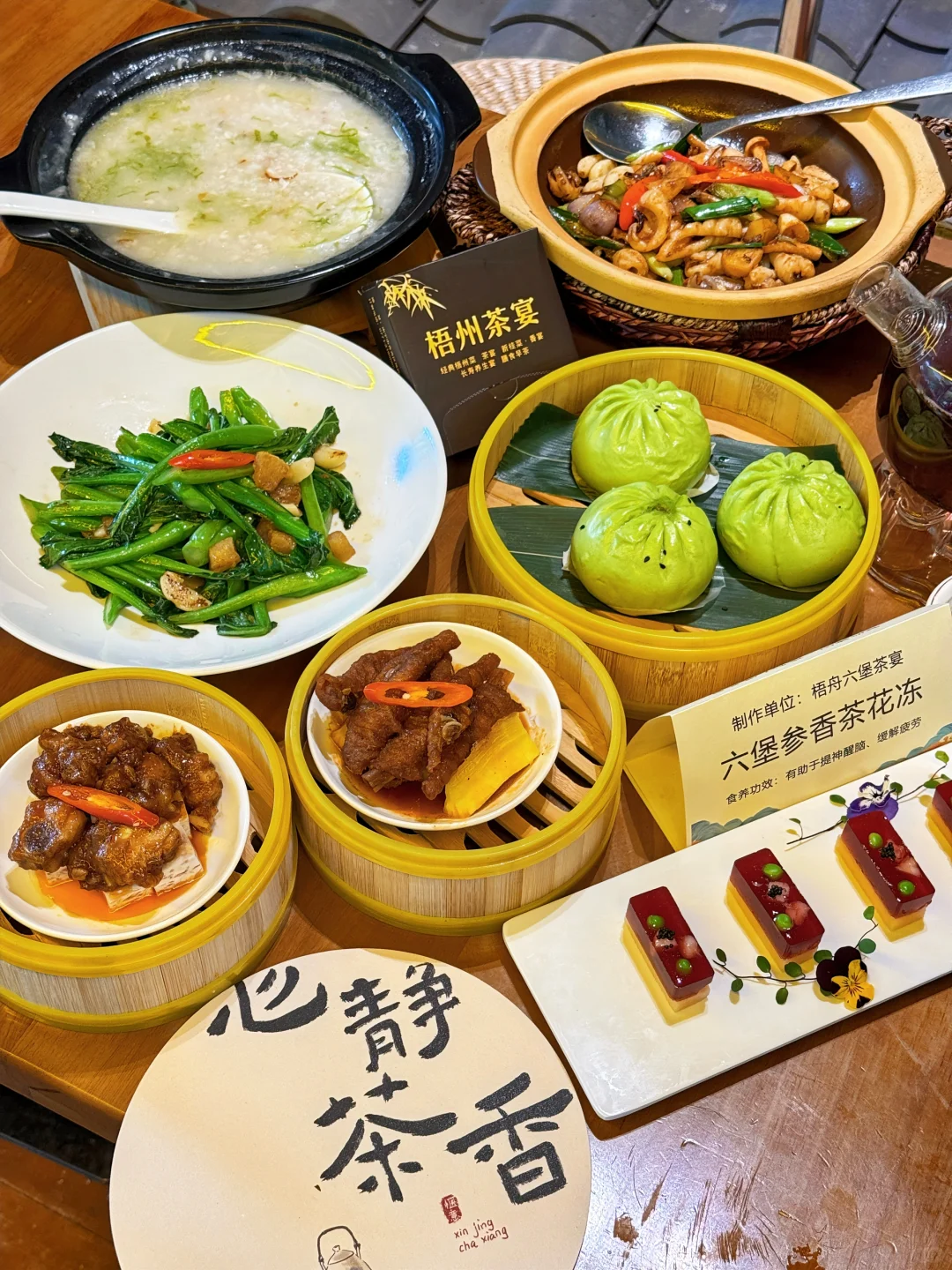Guangxi, located in southern China, is known for its stunning natural landscapes and rich tourism resources. The region is filled with mountains, rivers, lakes, and most famously, the beautiful scenery of Guilin, which is often considered the representative of China's mountain-water views. The Karst landforms in Guilin, the picturesque Li River, and the "mountain-water gallery" in Yangshuo attract thousands of visitors every year to this "heavenly place of mountains and rivers."
Guangxi also has a long history of tea culture. As early as the Tang Dynasty, it became an important tea-producing region in China. The area's unique geography and climate provide ideal conditions for tea trees to thrive. Liubao tea, a famous tea from Guangxi, is known for its special production process and rich aged aroma, becoming one of the symbols of Guangxi's tea culture. Tea in Guangxi is closely linked to its natural beauty and ethnic culture, making it an inseparable part of local life.

I. The Legend and History of Liubao Tea
Liubao tea has a long history, with its origins traced back to an ancient tea merchant named "Li Liubao." He discovered the unique qualities of the region’s water and climate in Liubao, Guangxi, and carefully cultivated a special type of tea. Known for its rich flavor, unique wood and aged aromas, Liubao tea became a famous symbol of Guangxi’s tea culture.

Liubao tea is not only special in taste but also closely linked to the history of Guangxi. As one of the important goods along the ancient Silk Road, it was once a valuable product in the tea-horse trade, circulating between Central China and the Western Regions. After thousands of years, it continues to be passed down, witnessing the history of Guangxi’s tea culture and carrying the unique charm and cultural stories of the land.

II. Must-Visit Attractions in Guangxi
Guilin's Landscape: Guilin's scenery is famous for its "green mountains, beautiful waters, strange caves, and beautiful rocks." The clear waters of the Li River and the unique peaks along its banks create a stunning view, making it one of the world’s most famous tourist destinations. Visitors can float down the river on a bamboo raft, enjoying the picturesque landscape, and experience the beauty of this "paradise on Earth." Popular spots like Yangshuo and Elephant Trunk Hill should not be missed.
Yangshuo: Known as "the best mountain and water in the world," Yangshuo’s scenery is unforgettable. Visitors can enjoy bamboo rafting along the Li River and explore the natural wonders of caves such as Silver Cave and the Ten-Mile Gallery. The rural landscape of Yangshuo, with its lush mountains and tranquil waters, offers a peaceful escape into nature.

Hezhou and Liubao Tea Region: Hezhou is the main production area for Liubao tea. Visitors can tour tea gardens, learn about the tea-making process, and experience traditional tea culture. Hezhou also boasts beautiful landscapes and rich ethnic customs. The endless tea fields offer a chance to stroll and taste fresh Liubao tea, allowing visitors to appreciate the unique charm of this land.
III. The Perfect Pairing of Liubao Tea and Guangxi Cuisine
Local Food Recommendations: Guangxi offers a wide variety of local dishes, with specialties like sour bamboo shoots, snail noodles, and Guilin rice noodles being the most famous. The sour and spicy taste of sour bamboo shoots, the rich and spicy broth of snail noodles, and the refreshing taste of Guilin rice noodles all pair perfectly with the rich flavor of Liubao tea. Especially with snail noodles, the sourness and spiciness blend harmoniously with the tea's aged fragrance, creating a balanced and exciting taste experience. The lightness of Guilin rice noodles contrasts with the strong flavor of Liubao tea, adding depth to the meal.

Tea and Food Culture: Liubao tea’s unique aged fragrance combines deeply with the bold flavors of Guangxi’s local dishes, creating a strong regional character. The woody and aged flavors in the tea mix with the spicy, sour, and fresh tastes of the food, presenting a special harmony. Whether in a local restaurant or tea house, after enjoying a delicious dish, sipping a cup of warm Liubao tea offers a smooth contrast to the spiciness of the food, leaving a lasting impression.

IV. Practical Travel Tips and Recommended Routes
1. Best Time to Visit:
-
Spring and Autumn: These are the ideal seasons. Spring has mild weather and lush tea gardens, while autumn is the tea harvest season with pleasant weather and beautiful scenery.
-
Avoid Rainy Season: Summer is humid, and winter can be cold. Spring and autumn are best for outdoor activities.
2. Transportation and Accommodation:
-
Transport: Guilin and Nanning are good starting points. You can easily reach Li River, Yangshuo, and Hezhou by train, bus, or car.
-
Accommodation: Stay in guesthouses near tea gardens in Guilin or Yangshuo for beautiful views and tea culture experiences. Farmstays near tea gardens are also great for a peaceful stay.
3. Travel Tips:
-
Wear Comfortably: Choose hiking shoes or flat shoes for the mountain and tea garden terrain.
-
Pack Smart: Bring a light jacket and rain gear for quick weather changes.
-
Respect Local Customs: Learn about tea-making from local farmers and participate in tea-drinking traditions at tea houses.
